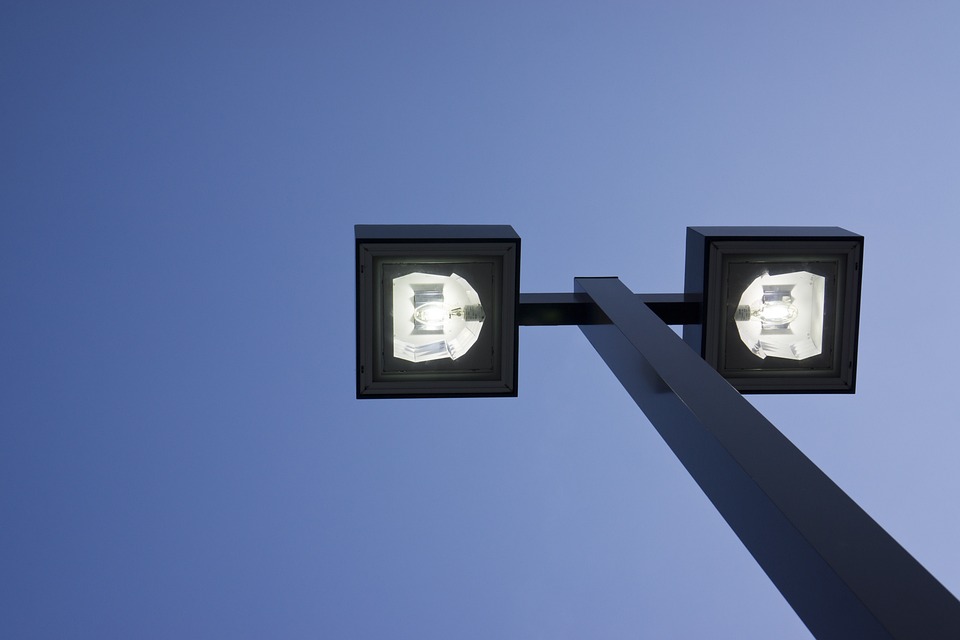Title: Understanding the Reasons Behind Mailchimp Bounced Emails
As a marketer, you put in a lot of effort to create and send emails that your subscribers will not only open but also engage with. However, it can be frustrating to witness a high number of emails bounce back, indicating that they were not delivered to the recipient.
Mailchimp, a popular email marketing tool, provides insights into why emails bounce, enabling you to troubleshoot and fix the issue. In this article, we’ll delve into the reasons why Mailchimp bounced emails occur and what you can do to prevent them.
H1: What Are Bounced Emails?
To understand bounced emails, you need to know the two types of bounces – soft and hard. Soft bounces occur when the email is temporarily rejected due to a full inbox, a server issue, or the email being too large. Hard bounces, on the other hand, are permanent failures due to an invalid email address or a blocked domain.
H2: Reasons Why Mailchimp Emails Bounce
1. Invalid Email Addresses
The most common reason why emails bounce is due to invalid email addresses. This occurs when the email address is non-existent, misspelled or out of date. Therefore, it’s crucial to keep your email list up-to-date and remove any invalid addresses.
2. Spam Filters
Spam filters are put in place to protect users from receiving unwanted, irrelevant or malicious emails. However, they can also mistakenly flag legitimate emails as spam, resulting in a bounced email. Therefore, ensure that your email content is valuable and relevant to your subscriber, avoiding spammy keywords, and sending emails from a verified domain.
3. Full Inbox
Sometimes, emails bounce because the recipient’s email inbox is full, and there’s no space to receive new emails. This is considered a soft bounce, and the email is usually resent once the inbox is cleared.
4. Technical Issues
Technical issues such as server downtime or network disruptions can result in emails bouncing back. In this scenario, you’ll need to wait for the issue to be resolved, or you can use Mailchimp’s delivery status feature to determine if there are any technical issues.
H2: How to Reduce Mailchimp Bounced Emails
1. Keep Your Email List Clean
The first step in reducing bounced emails is to keep your email list clean. Remove any email addresses that have bounced before, and those that you know are invalid. Additionally, regularly clean your list by removing inactive subscribers who haven’t engaged with your content in a while.
2. Use Double Opt-In
Double opt-in is a process where subscribers confirm their email address before being added to your list. This ensures that you have a valid email address and reduces the chances of bounced emails.
3. Monitor Your Email Deliverability
Use Mailchimp’s delivery status feature to monitor the success of your email delivery, identifying any bounces and technical issues. Additionally, keep an eye on your email open and click-through rates, which can be an indicator of engagement or spam filters.
4. Review Your Email Content
To avoid triggering spam filters, review your email content and ensure that it’s valuable and relevant to your subscribers. Avoid using spammy keywords, all caps, or excessive punctuation. Also, keep your email short and to the point.
Conclusion
Mailchimp is an excellent tool for email marketing, but bounced emails can be a problem for any marketer. By understanding the reasons behind Mailchimp bounced emails, you can take steps to reduce them, ensuring that your emails are delivered, opened, and engaged with by your subscribers.
FAQs
1. What is a soft bounce in Mailchimp?
A soft bounce in Mailchimp refers to emails that are temporarily rejected due to issues such as a full inbox or a server issue. These emails are usually resent once the problem is resolved.
2. What is a hard bounce in Mailchimp?
A hard bounce in Mailchimp refers to emails that are permanently rejected due to invalid email addresses or blocked domains. These emails will not be resent and should be removed from your email list.
3. Can you prevent Mailchimp bounced emails?
You can reduce Mailchimp bounced emails by keeping your email list clean, using double opt-in, monitoring your email deliverability, and reviewing your email content.
4. Why are my Mailchimp emails going to spam?
Your Mailchimp emails may be going to spam due to spam filters mistakenly flagging your content as spam. Review your email content, avoid spammy keywords, and send emails from a verified domain to reduce the chances of this happening.
5. How often should I clean my email list in Mailchimp?
You should clean your email list in Mailchimp regularly, removing any invalid or bounced email addresses, and inactive subscribers who haven’t engaged with your content in a while. The frequency will depend on the size and engagement of your email list, but every six months is a good starting point.






